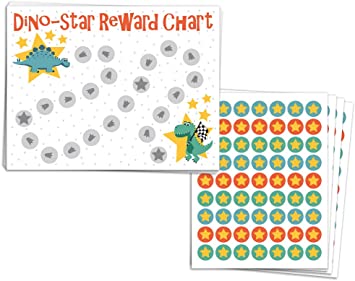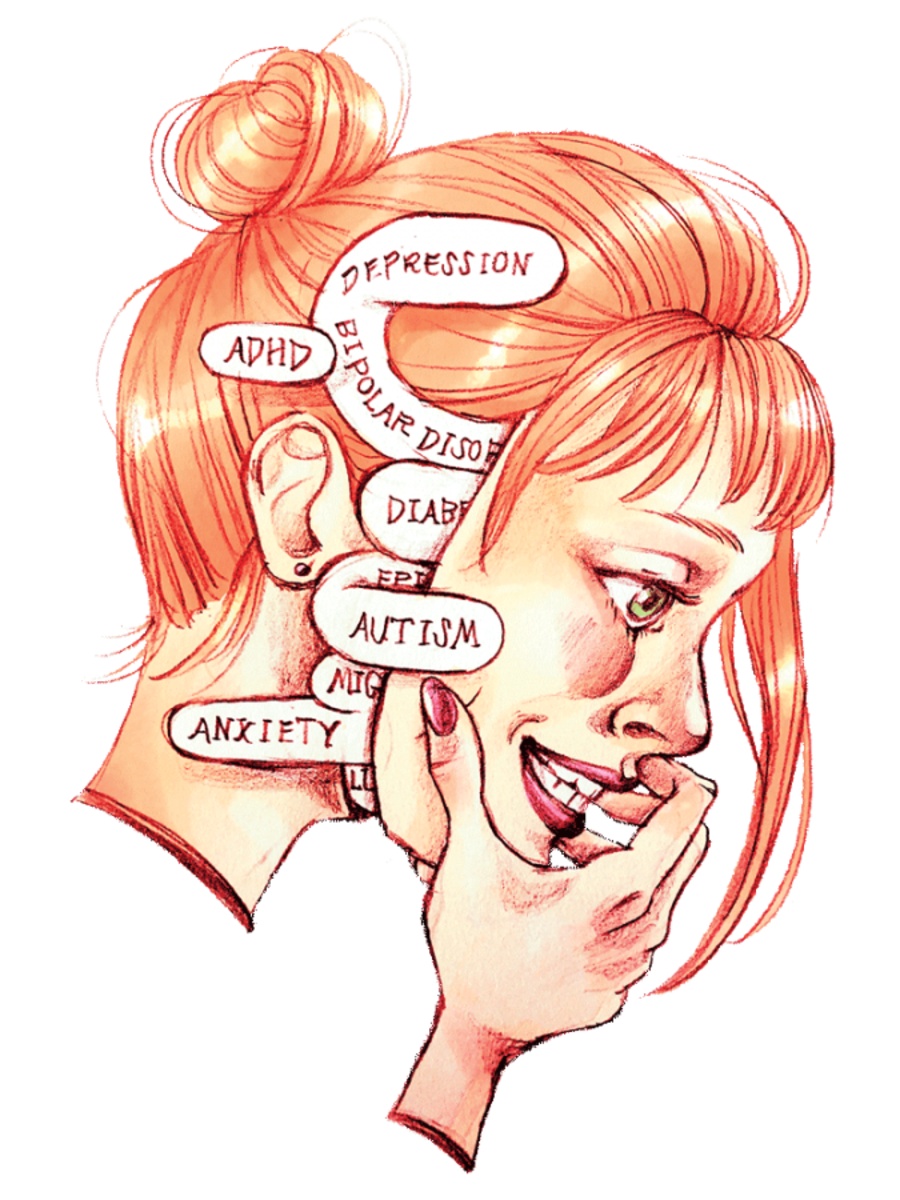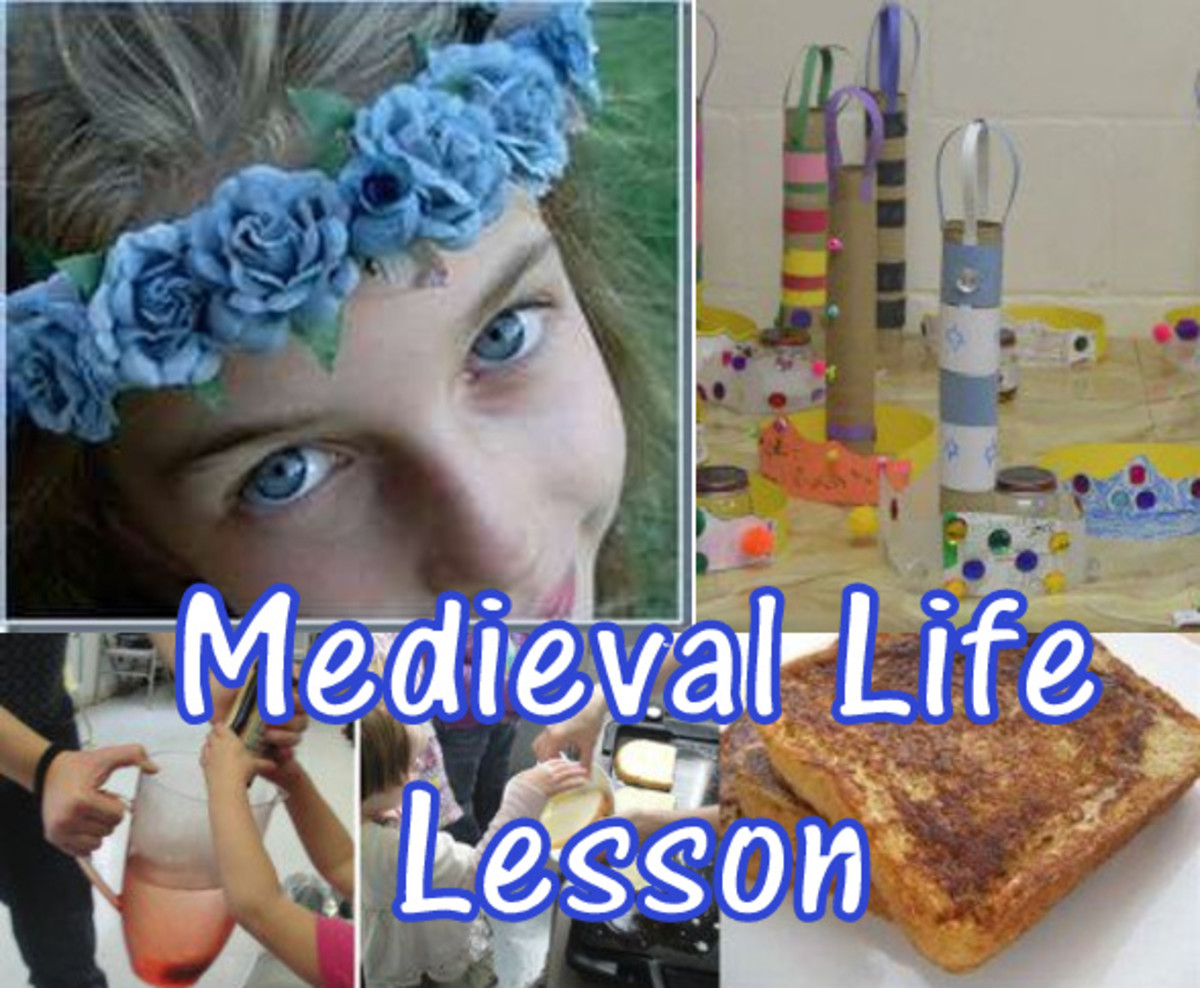Basic Behavior Management Plan for Student

Classroom Behavior Management System:
-Create a sticker chart for each child (if preferred you can come up with a larger management plan for the class).
-Sticker chart can be used for transitions and difficult parts of the day
-Give students a shape with dots on it, when they fill up the dots with stickers they earn from a treasure chest with various toys (you may want to use less dots in the beginning so students see that they are able to earn, then you can tell them they did such great work that you are going to add more dots)
-When giving stickers to student, verbally praise them for what they earned their stickers for (I love how you cleaned up, I like how you walked to the classroom, I like how you came over and sat at the rug. You can also relate it to the rules when you introduce it. When you use”___rule__” you earn a sticker. Then use it when you give sticker “I love how you “_____rule____”) This may help a child who is not following these routines to join based on peer modeling
-If you see a child making an awesome choice during the day, they can also earn a sticker (for example; helping a friend).
-If a child is not making safe choices (hitting, yelling, pushing, etc…) remove them from the group
-Do not bring attention from the rest of the class to the student
-Reward the students making appropriate choices by giving them bubbles, hand stamps, a sticker on their chart or a dance “party” to encourage the child having the behavior to rejoin the group and to reward positive behavior
-If they continue to hit or yell use short preset lines so they are not being rewarded with attention (for example, “when your body is calm” or “when you are calm I can talk to you”)
-When they return do not give them a sticker but let them know they can try to earn for the next time stickers are given out. And you can let them know that you are happy they made better choices (“thank you for making better choices” “thank you for calming down your body”)
This content is accurate and true to the best of the author’s knowledge and is not meant to substitute for formal and individualized advice from a qualified professional.
© 2020 Katelyn A Mall








